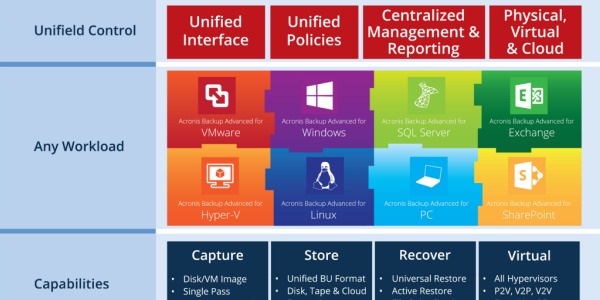

Practice shows that this is the point that Microsoft takes very seriously, storing your data within multiple different geographically related data centers near you. Generally speaking, the main responsibility of Microsoft in the context of your cloud data is to provide a constant uptime with high availability. In reality, the division between the responsibilities of Microsoft and the end user’s responsibilities is quite clear and concise.

This is an important point to address since a lot of companies not just expect Microsoft to protect the entirety of their data in the M365 service, but also think it is Microsoft’s responsibility to do so in the first place.

The main issue here is that a lot of people tend to misunderstand the exact responsibilities of Microsoft as a software provider, or even confuse the Service Level Agreement for a data backup strategy, leading to a high potential for critical data loss as a result. Generally speaking, the problem of poorly defined data protection strategies is remarkably common in this context. And this difference typically makes it impossible for M365 itself to completely safeguard your data from some of the more enterprise-related challenges, such as: Microsoft 365 and data-related challengesĪs multifunctional as it is, Microsoft 365 is still not a dedicated backup and recovery solution. However, the aforementioned problem of enterprise-grade data backup and recovery still exists inside of this platform, despite its technical strengths. One of the most important assets of any company is its data, and the question of data protection is potentially more important than almost anything else for the organization in question.Īs one of the biggest SaaS solutions on the market, Microsoft 365 (formerly called Office 365) offers a variety of cloud-based services to companies, from mailboxes to video conferences, file sharing and more. Ongoing digitalization within organizations affects each and every aspect of both our regular lives and the way companies operate their business.


 0 kommentar(er)
0 kommentar(er)
